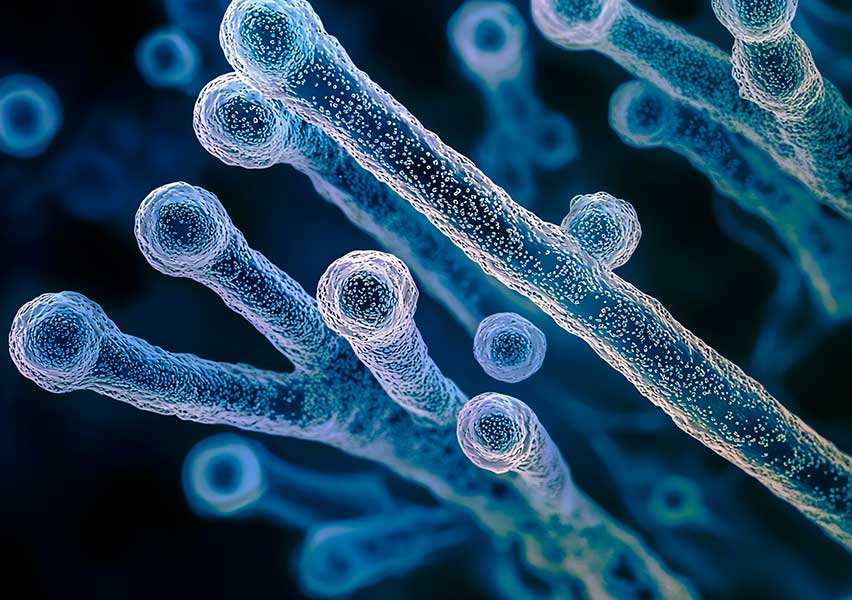Clostridium tetani
Clostridium tetani is a Gram-positive, anaerobic, spore-forming bacterium responsible for tetanus. Its spores are highly resilient and can remain viable in soil for over 40 years. Infection occurs when the spores enter the body through open wounds or cuts, especially in low-oxygen environments, and germinate into active bacteria.
Once activated, the bacteria produce a powerful neurotoxin called tetanospasmin, which interferes with inhibitory neurotransmitter release in the central nervous system. This leads to severe and painful muscle contractions (tetany) that may cause muscle tears or spinal fractures. The incubation period is usually 7 to 21 days.
Symptoms
- Muscle spasms, especially lockjaw (trismus)
- Stiffness or spasms in the neck, back, chest, and abdominal muscles (can result in opisthotonos)
- Breathing difficulty if respiratory muscles are affected
- Other symptoms include:
- Drooling
- Excessive sweating
- Fever
- Irritability
- Spasms in hands or feet
- Trouble swallowing
- Involuntary urination or defecation
Diagnosis
Tetanus is diagnosed clinically based on symptoms and patient history. No specific laboratory test exists for confirmation. Differential diagnosis includes rabies, meningitis, and strychnine poisoning.
Treatment
Prompt treatment is crucial and may include:
- Antibiotics (e.g., metronidazole or penicillin)
- Tetanus immune globulin to neutralize the toxin
- Muscle relaxants (like diazepam)
- Sedation for severe spasms
- Surgical debridement of the wound to remove the source of infection
- Respiratory support, including intubation and mechanical ventilation if needed
- Calm environment with reduced light and noise

